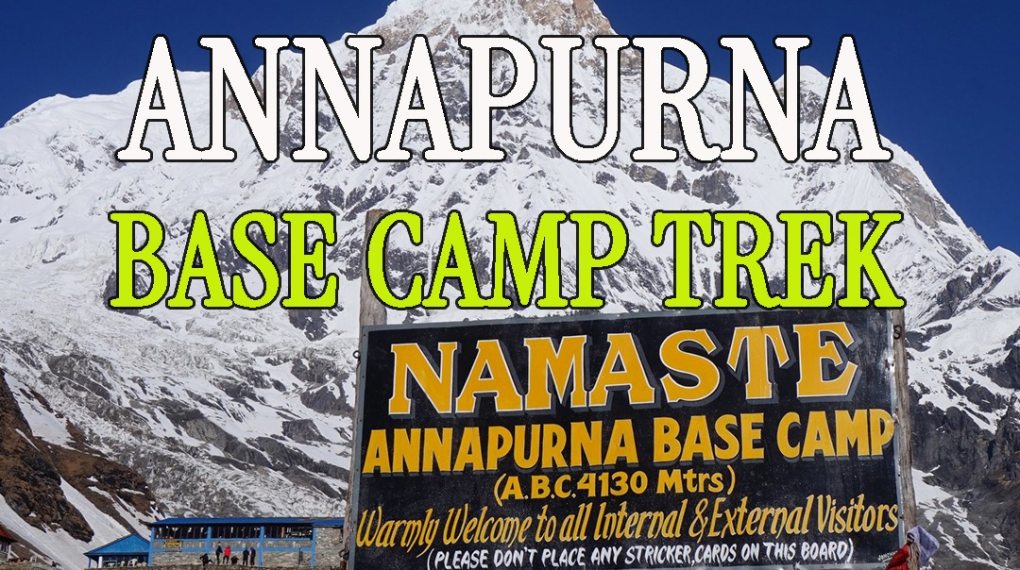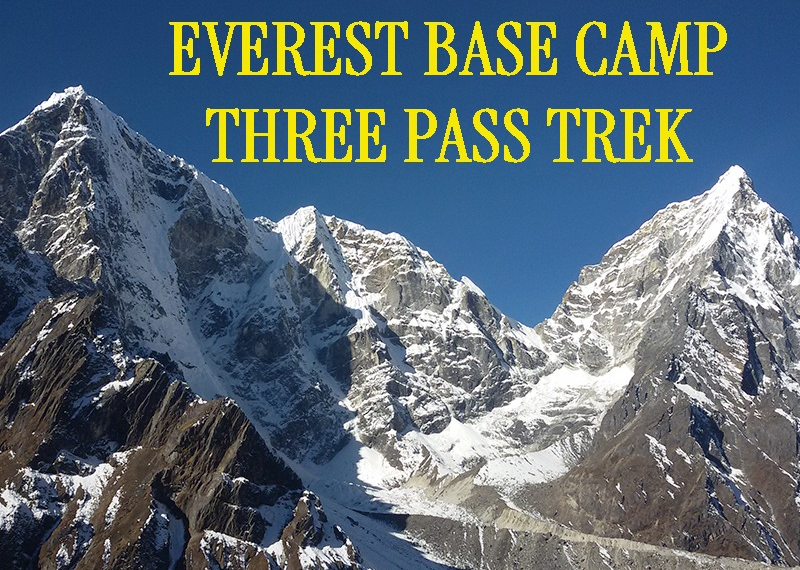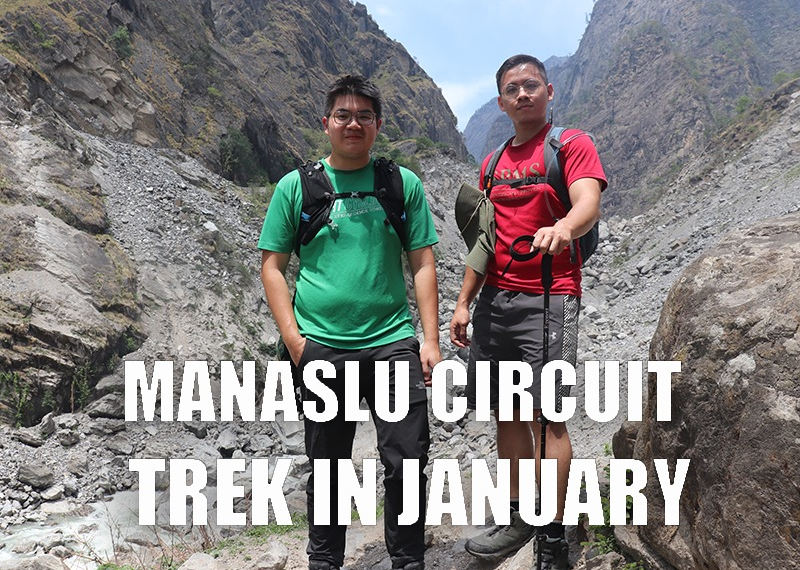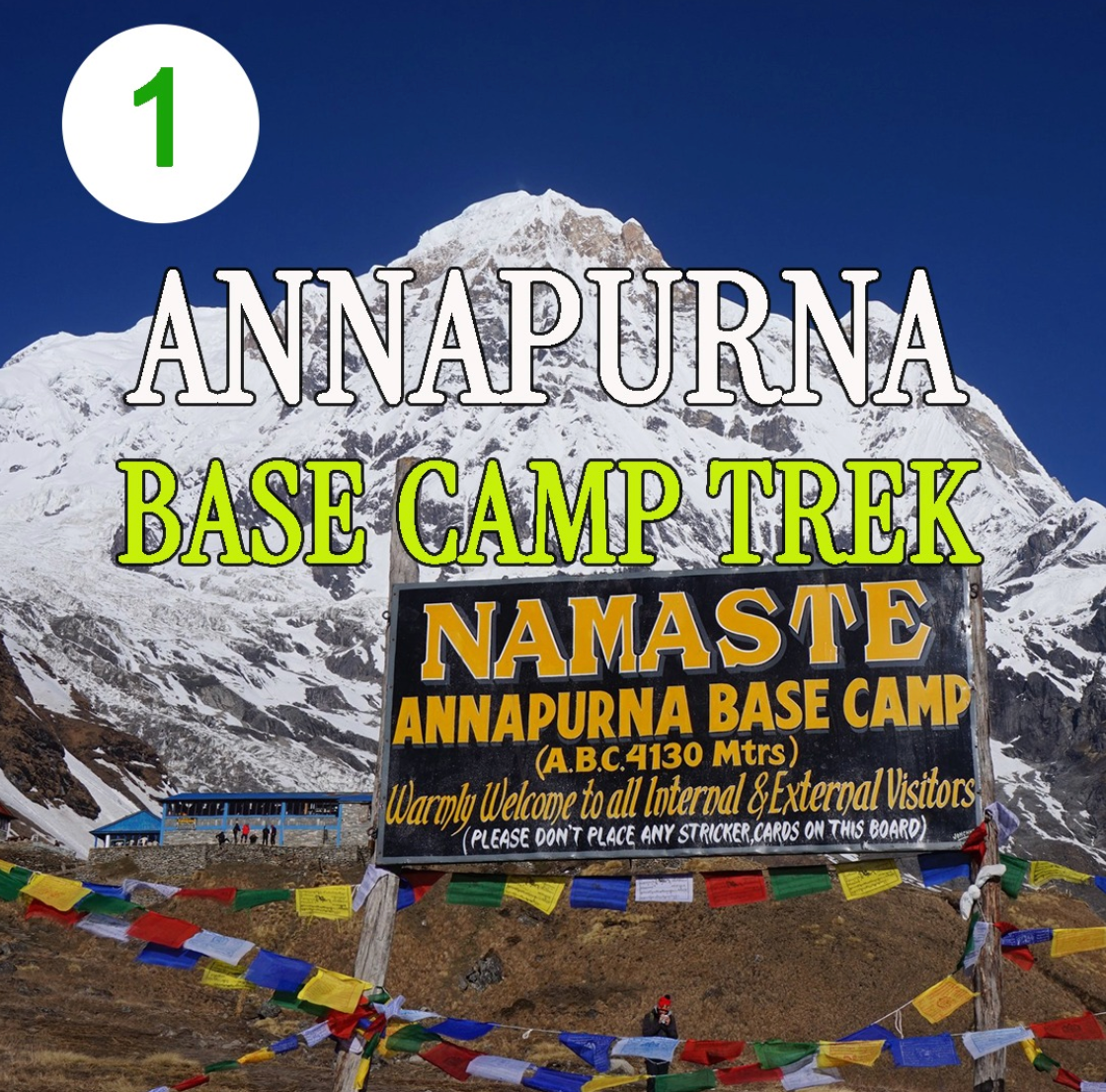
Nepal is like a dream where mountains stand tall and the wind carries the stories of old monks and smiling sherpas. People come here, and they feel something deep, some peace and wild heart together. This country is small but holds the biggest mountains and secret trails where few people go. Some paths are famous, some are hidden, but all have that soul of adventure. Let’s go through some of these magical treks that make hearts beat faster and eyes never blink—Annapurna Base Camp Trek, Everest Three Pass Trek, Manaslu Tsum Valley Trek, and Nar Phu Valley Trek.
The Call of the Mountains
When you come to Nepal, it’s not only about climbing. It’s about feeling the mountains, the people, and the silence between valleys. The air itself tells stories. Trekkers from around the world come and walk for days or weeks in cold and thin air, but they smile. Because Nepal gives something that cities can’t. Here, every corner is different, and every turn has prayer flags, stones, and faces that welcome you with hot tea.
Annapurna Base Camp Trek—Journey into the Heart of the Himalaya
This trek is not just a walk; it’s an emotion. The Annapurna Base Camp Trek , or ABC Trek, as people call it, is full of rice terraces, green forests, small villages, and finally snow and ice. It’s one of the most loved treks in Nepal because it mixes everything—beauty, comfort, and that mountain charm.
You start mostly from Pokhara, the lovely city with lake and mountain views. The trail goes through villages like Ghandruk, Chomrong, Bamboo, and Deurali. Every day you walk a few hours, sometimes steeply up, sometimes down, and the mountain peaks peek between clouds like a shy queen.
When you reach Annapurna Base Camp, around 4130 m, you stand in the middle of a giant circle of peaks. Annapurna I, Machhapuchhre (the Fishtail), and Hiunchuli—all around you. Morning sunrise makes everything gold. You feel small but alive.
The tea houses are cozy and people-friendly. You eat dal bhat, drink ginger lemon honey tea, and talk with travelers. Nights are cold but full of stars.
The Annapurna Base Camp Trek is not so hard, not so easy, just perfect for those who want mountains and comfort together.
Village Life and Culture Along the Way
The Gurung and Magar villages along the ABC trail show real Nepal life. Women carry heavy baskets, men work in the field, and kids run with laughter. They sing local songs and invite you to share food. Sometimes in the evening, you hear them playing the madal drum. That sound goes deep in your heart.
This trek also teaches patience. You can’t rush in the mountains. You learn to breathe, to walk slowly, to watch and listen.
Everest Three Pass Trek—The Big Challenge of the Khumbu Region

Now we go to the east, where Everest, the highest mountain, stands tall like a god. The Everest Three Pass Trek is not for the faint of heart. It’s tough, long, and wild. But it’s maybe the most beautiful trek on Earth.
You cross three high passes—Kongma La (5535 m), Cho La (5420 m), and Renjo La (5360 m). These names sound like secret spells, and when you cross them, you feel like flying. The views are insane—Ama Dablam, Lhotse, Makalu, and Everest herself are all shining.
The trek starts from Lukla, the small airport on a hill where airplanes land like birds. Then you walk through Namche Bazaar, the busy Sherpa town. Namche is full of small bakeries, gear shops, and smiling people. You can see Everest for the first time from there.
After that, the trail moves to Tengboche and Dingboche, and then you start the passes. Each pass takes energy, but the reward is sky-touching beauty.
When you reach Gokyo Lakes, you see turquoise waters shining under peaks. From Gokyo Ri, you see the whole Everest range like a dream painting.
Meeting Sherpas and Feeling Their Spirit
The sherpas of Khumbu are mountain people, strong and humble. They carry heavy loads but always smile and say “Namaste.” They believe mountains are good, not just rock and ice. When you walk with them, you feel that respect for nature.
You stay in small lodges, eat warm noodle soup, and listen to their stories of yaks and Everest. Nights are silent but powerful. You hear only wind, maybe prayer flags flapping.
The Everest Three Pass Trek is for those who want both challenge and deep peace. It tests your body but opens your mind.
Manaslu Tsum Valley Trek—Hidden World Beyond the Trails

If you want to go where not many people go, the Manaslu Tsum Valley Trek is that secret world. Manaslu means “Mountain of the Spirit.” It is wild, quiet, and full of surprises.
The trail goes around Mount Manaslu (8163 m), the eighth highest peak in the world. But the charm of this trek is not only mountains—it’s people, monasteries, and deep valleys. You see a mix of Hindu and Buddhist cultures, all living in harmony.
Tsum Valley is the most special part. It opened only a few years ago for trekkers, so it is still pure. When you walk there, you feel like going back in time. Old monks in red robes, prayer walls, mani stones, and smiling children running with butter lamps.
The valley is home to many old monasteries like Mu Gompa and Rachen Gompa. The sound of prayer wheels, smell of incense, and fluttering flags make the whole valley spiritual.
Walking Through Nature’s Silence
The Manaslu region is untouched. Rhododendron forest, waterfalls, rocky cliffs, suspension bridges—it’s all there. Sometimes you walk alone for hours without seeing anyone. That silence heals your heart.
Crossing Larke La Pass (5160 m) is the highest point, and it’s tough and windy but beautiful. From the top, you see a white world around, peaks stretching to infinity.
The Manaslu Tsum Valley Trek is for those who want real Nepal, away from crowds. You find peace, not Wi-Fi. You find warmth in people, not in heaters.
Nar Phu Valley Trek—The Forgotten Kingdom Between Rocks
Now let’s go to the wild side—the Nar Phu Valley Trek, in the remote corner of the Annapurna region. It’s hidden behind big mountains, near the Tibet border. Few trekkers go there, so it’s still mysterious.
The trail starts from Koto near Manang, then you enter a narrow canyon and climb up to the ancient villages of Nar and Phu. These villages look like stone castles sitting on cliffs. People here speak dialects close to Tibetan, and their life is simple.
You see blue sheep on hills, yaks grazing, and long lines of prayer flags waving like a rainbow. The air is dry and clear. The sky looks endless.
Phu village is magical—old houses stacked together, a small monastery above. You can see children playing with yaks, women drying barley, and monks chanting inside small rooms with butter lamps.
From there, the trail goes toward Nar village and then crosses Kang La Pass (5322 m) back to Annapurna Circuit. The pass is hard, with strong snow and wind, but when you stand on top, you see the whole Annapurna range shining.
Life Between Mountains and Monasteries
Nar Phu people are strong. They survive in hard weather and still smile. They farm potatoes, herd animals, and celebrate festivals with dance and chants.
Walking through Nar Phu makes you feel small and humble. You learn what simple life means. You forget in a hurry. You just walk, breathe, and feel.
The Spirit of the Himalaya
All these treks—Annapurna Base Camp, Everest Three Pass, Manaslu Tsum Valley, and Nar Phu Valley—are different faces of the same mountain soul. They show Nepal’s heart. The people, the trails, the weather, and everything change, but that feeling of wonder stays the same.
Some treks are easy and green, some cold and high, but all bring that joy when you stand before peaks. That’s why trekkers keep coming back.
Nepal is not only for climbers or rich tourists. It’s for anyone who loves nature, silence, and kindness.
Why Nepal Still Feels Magical
Maybe it’s the smiles of villagers. Maybe the snowy mountains are shining in sunlight. Maybe the way monks chant in far valleys. Nepal feels alive.
The tea house’s warmth, the sound of yak bells, kids shouting “Namaste!” from a distance, the stars being so bright at night—it’s all like poetry without words.
When you come back home after a trek, your body may be tired, but your heart is full. You remember those trails, those mornings with mist, and those eyes of people living simple but happy.
Preparing for the Trek—Simple Things to Know
You don’t need to be an expert to walk in Nepal. But you need respect. Respect for mountains, for people, for your pace.
Pack light. Walk slow. Drink water. Talk with locals. Eat their food. Smile often.
Each trek has its own season—spring and autumn are the best times slowly for clear weather and views. Winter is too cold, and the monsoon is too wet, but still Nepal never loses its charm.
Moments That Stay Forever
Standing at Annapurna Base Camp when sunrise turns peaks golden.
Crossing Renjo La and seeing Everest shining above the clouds.
Hearing monk bells echo in Tsum Valley.
Watching prayer flags dance in the Nar village wind.
These are not just memories; they become part of you.
Final Thoughts: Nepal, Land of High Dreams and Humble Hearts
Nepal is a small country with a giant soul. You walk a few days, and you see more beauty than words can say. The mountains teach you patience, silence, and courage.Every trek, every valley whispers the same message—slow down, breathe, and be thankful.
The secret corners of Nepal not only show mountains, they also show how humans can live close to nature and still be happy.So if you ever dream of a faraway land, where the sky touches earth, and people still greet you with a pure heart, come to Nepal.Come for the treks, stay for the peace.
Walk through peaks and valleys, feel the wind, hear the prayer flags, and maybe you’ll find your own secret corner inside you too.
Contact Details
Company address: Everest Trekking Routes Pvt. Ltd.
16 Khumbu, Nayabazaar, Kathmandu, Nepal
Mobile : +977-9843467921 (Rabin)
Email: [email protected]

